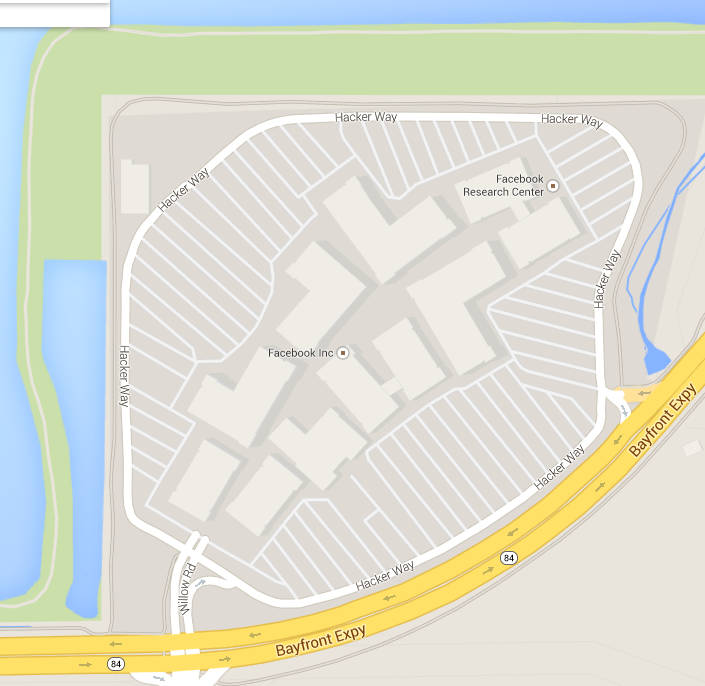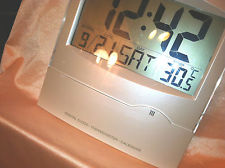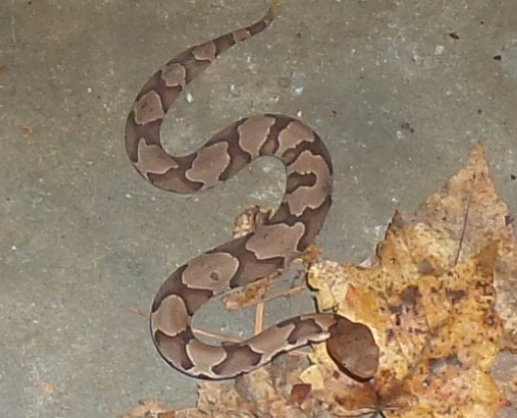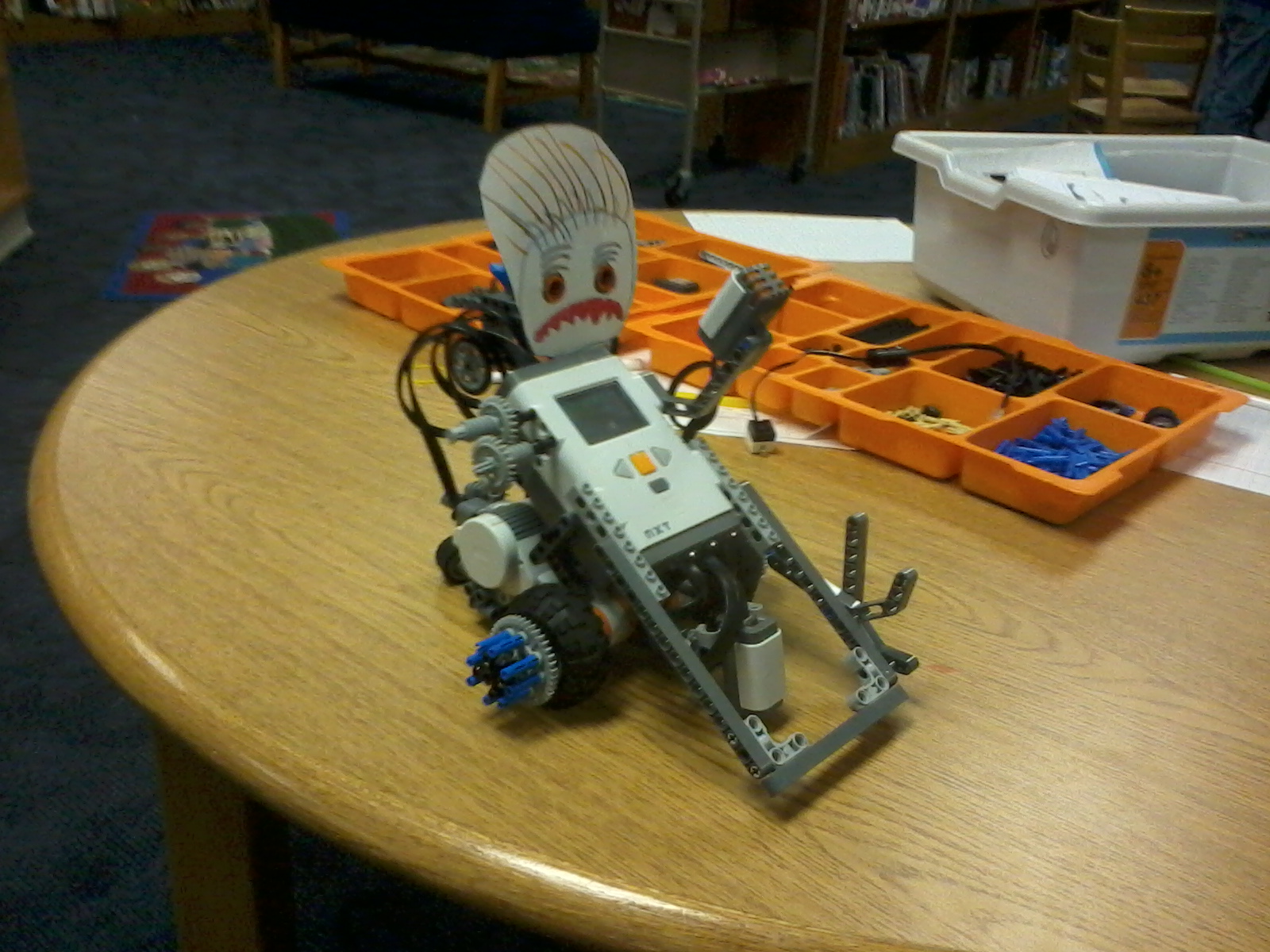Author: pete
One hour per week
A bit of History
 A rogue’s gallery from Steve Goldman’s surprise anniversary party around 2003. Left to right, Eric Teagarden, Don Parce, Steve Goldman, Bob Leivian, and Pete Soper.
A rogue’s gallery from Steve Goldman’s surprise anniversary party around 2003. Left to right, Eric Teagarden, Don Parce, Steve Goldman, Bob Leivian, and Pete Soper.
- Eric – Business Application Systems, IBM, SAS
- Don – Data General, Business Application Systems, SCI Systems, Foundation/Encore Computer, Sun Microsystems
- Steve – Motorola, Texas Gulf, Business Application Systems, SCI Systems, Foundation/Encore Computer, Sun Microsystems
- Bob – Data General, Business Application System, SCI Systems, Motorola Research
- Pete – Data General, Business Application Systems, SCI Systems, Network Products, Foundation/Encore Computer, Sun Microsystems, Apex Proto Factory
Time Passes
Something led me to get a Google Maps overview of the west end of the Dumbarton Bridge on the edge of Silicon Valley. I got a major shock, and was more than a little bit teary-eyed looking at this. Hacker Way? Uh, I don’t recall there being any name for the lane around the huge Sun Microsystems campus in Menlo Park. Facebook? Oh, how could it come to this?
Very accurate digital clock
A recent discussion of clock/calendar chips on one of the local email lists coincided with me reminding myself that I own a very decent clock with respect to drift.
I’m taking my amateur radio station apart (hadn’t turned the radio on in two years despite the sunspots peaking again: a very clear indication of my remaining interest in this hobby). I just moved the station clock indoors. It had been in an unheated room and I’m sure the time hasn’t been set in at least three years. The temperature went up and down constantly out there, to the upper 30s in the winter and upper 80s in the summer (the volume of air in the surrounding barn levels things out). Anyway, I just set the clock to EST and had to fix the minutes: off by two. So figure it was off by 179 seconds after 36 months. That’s 2ppm, what would be considered extremely good in a clock calendar chip such as the DS3231. All kidding aside, Radio Shack makes some decent stuff!
My North Carolina Home
Since moving here in 1977 I’ve found North Carolina to be an interesting place to live, but occasionally in the Chinese cursing sense of the word “interesting.” I won’t enumerate all the adventures that have seemed to be more common in North Carolina, but I recently got a reminder of one:
This is a juvenile (perhaps 15″ long) Copperhead snake in the middle of the garage.
Nordson EFD Solder Paste
A very nice treat from the PCB Carolina show last week was this set of samples from Nordson EFD. With Freescale FXOS8700CQ magnetometer/accellerometer chips and a Sparkfun Heaterizer XL-3000 on the way I need to get with it, get a PC board design off to OSH Park and prepare to use small SMD components. The Heaterizer is a stop gap while my hot air tool budget catches up with desire, and I’m hoping to get some lessons from a friend with professional equipment. But with this top quality solder paste I think I’m approaching critical mass. Thanks to John Conti of Nordson EFD for the technical info and support for my modest goals.
Even if you’re not interested in the Sparkfun $10 hot air tool you might find the instruction manual fun to read. But seriously, folks, this surface mount tutorial at the Sparkfun site makes it clear that individuals inexpensive tools can join in the fun.
UPDATE FROM 2021: The SparkFun Heaterizer was incapable of surface mount soldering. I ended up using a cheapo Chinese oven until I could modify a convection oven with interior hi temp reflective material and thermocouple/microprocessor control for proper heating/cooling profiles to do surface mount soldering. The oven is inside a decent fume hood with exhaust air out a flue for safety and to avoid any odor problems. The proper hot air tool came along too, but I still find it best to apply paste with a stainless steel stencil from OSH Stencils and use a reflow oven for professional level results, with the hot air tool for rework or the occasional expedient operation. Finally, the FXOS8700CQ is EOL and last possible purchases will be at the end of 2021, so time to find a replacement. A client and I are investigating the ST LSM303AG as an alternative. It isn’t lacks the capability to interrupt on magnetic vector magnitude events but the price is right!
One Sneeze Equals Hours of Picking Up
This is a little plastic jar containing size “402” surface mount resistors. These resistors look like they belong in a pepper shaker. They were at a booth at PCB Carolina last week and there was a contest to guess how many resistors were in the jar. I guessed 10k, and that was good for a top ten finish, but the correct number was 10,863.
Wally Bot sweeps competition at Efland-Cheeks Elementary Robot Camp
Today I mentored Trey and Tyler, two elementary school children in a “robot camp.” They built a robot with Lego Mindstorm NXT 2.0 components and it swept the competition and then came out on top in a free for all battle between all seven robots. The robots fought “sumo style” within a roughly four foot diameter circle until all but one robot was forced outside the circle or disabled.Trey drew Wally’s face (his eyes are an ultrasonic rangefinder). The front ramp/scoop was very stiff and tended to make Wally’s wheels really dig in, frequently flipping the other robot if it could catch it from the side. In the final round of the main competition Wally and his opponent were locked together for almost the full two minutes (that would have made a tie), but Wally could push the other robot forward in a slowly wandering ellipse that eventually passed outside the ring, tricking the other robot into backing up (which put it completely outside the ring). Very exciting!
Right Thoracotomy Epicardial Ablation
Epicardial ablation is the technical term for the surgical procedure I had done at UNC Medical Center on September 19th. (A thoracotomy is just “cutting into the pleural space of the chest”) This was done by Dr Andy Kiser, a professor of surgery at the University and a pioneer of this technique for treating atrial fibrillation. It’s going to take a good while to properly account for everything that happened to me in conjunction with this procedure, but three weeks on I’m in normal sinus rhythm 90% of the time and the trend is definitely in the direction of further improvement. (This sinus rhythm is at least partly due to the antiarrythmic drug Tikosyn currently) Contrasting this state with the “24/7” afib I dealt with before the procedure is difficult, but is best shared by saying I was flabbergasted to realize that the feelings of well being that flooded over me in the minutes after I went into normal rhythm are called “normal” in other people. I’d forgotten what normal felt like, but I like it, and I’m in still in a state of pure celebration of living. The doubts about the future that have dogged me since I approached the age at which my grandfather died of heart ailments (57) has vanished, hopefully for at least thirty years!
The paper linked to below has a detailed description of the procedure written by doctors Kiser and Mounsey and an associate. This paper describes an initial approach to “convergent” treatment combining epicardial and endocardial ablation in a single session: a more recent refinement that applies to me involves a six to eight week gap between the epicardial and endocardial parts that enables the endocardial phase to be more effective. My endocardial procedure is scheduled for November 12th and there’s every reason to believe this will be a piece of cake compared to the surgical procedure. I confess to being very, VERY glad that I avoided reading these and other details before I had the surgery. Doctor Kiser’s 100+ epicardial procedure experience in combination with Doctor Mounsey’s 1300+ endocardial procedure experience allowed me to be confident and comfortable with going ahead with it, albeit mostly in an “ignorance is bliss” state in September. I think my subconscious was smart enough to know that foreknowledge of what was going to happen and what might happen would have only had a down side. Finally, “something” did happen to me such that, like the patient described in this paper, I required a dopamine infusion. I only jealized this was significant earlier today (i.e. I recall mention of dopamine being discontinued sometime after the surgery, but didn’t appreciate what use of that drug implied). I don’t know yet if I needed this for hypotension/bradycardia or for something else or as some kind of prophylactic.
If you’re considering having this procedure done my advice is to stop here, but otherwise, here are the details. WARNING: not for the squeamish.
OK, if you gotten this far you aren’t too squeamish, but here’s a bigger challenge.
This is a “central line”, the rightmost few inches of which sit inside the heart, allowing injection of drugs with fastest possible effect. This is the central line that was inside me for four days. By great good fortune, despite multiple nurses and doctors trying to explain the geometric reality of this gadget while I was in the hospital, I didn’t “get it” until a nurse pulled it out of me and I could see it as it is here. Pulling it out didn’t hurt. How on earth did they prevent internal bleeding with nothing more than the very firm pressure the nurse held on my chest for a few minutes? I don’t know, and I don’t want to know!








